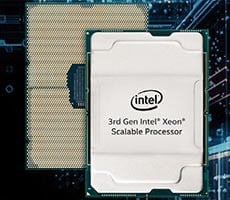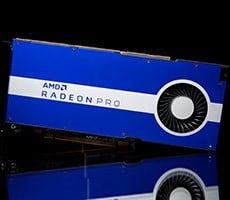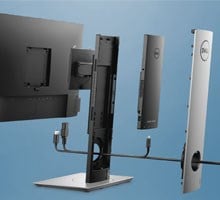Real World Transfer Tests and Range Testing
|
|
|
In our second round of bandwidth testing, we timed the process of copying a large file to demonstrate the performance of the TRENDnet TEW-631BRP. In this test, a shared folder was created on a workstation with a 297MB ISO in that folder. Next, we inititiated copying the file from our desktop to the laptop, with all commands initiated at the laptop. When this test was complete, we copied the file back to the workstation. Tests were run with the TEW-621PC Wireless CardBus as well as with our laptop's integrated 54Mbps Wireless adapter.
The most obvious characteristic of this test is the differences between 54Mbps and 300Mbps. With the Laptop-to-Server test, it took 2:09 to transfer 297MB of data on the 54Mbps connection, compared to less than a minute with the 300Mbps connection. When we break it down a bit further, knowing 297MB to be a constant, we can convert the performance to Megabytes per second followed by Megabit per second and then calculate the average speed at which the file was transferred.
Laptop-to-Server Test @ 54Mbps:
297MB / 129 sec = 2.30MB/s
2.30MB/s x 8-bits (8 bits to a byte) = an average speed of 18.40MBps.
Then we'll take this formula and apply it to the 300Mbps Laptop-to-Server test:
297MB / 59 sec = 5.03MB/s
5.03MB/s x 8-bits (8 bits to a byte) = an average speed of 40.24MBps.
The improvement in performance with the 802.11n hardware was over double that of 802.11g. When we apply this formula to the Server-to-Laptop test, we recorded an average speed of 11.88Mbps with the 54Mbps connection and 37.12Mbps with the 300Mbps link. Naturally, these figures can vary in a number of ways due to hardware used and environmental influences. However, what this does demonstrate is how much of an improvement the 300Mbps link can offer, even when transferring between a 100Mbps connection. But what about range?
Testing the range of the device can be difficult to quantify. Rather than giving a distance measurement, we simply connected with the 54Mbps adapter and walked away from the rounter until the connection was dropped, which turned out to be a respectable distance down the block. Next, we connected the 300Mbps connection and repeated the process. In the end, we managed to go roughly two thirds farther than the 54Mbps connection, demonstrating the longer range capabilities of 802.11n (draft).






